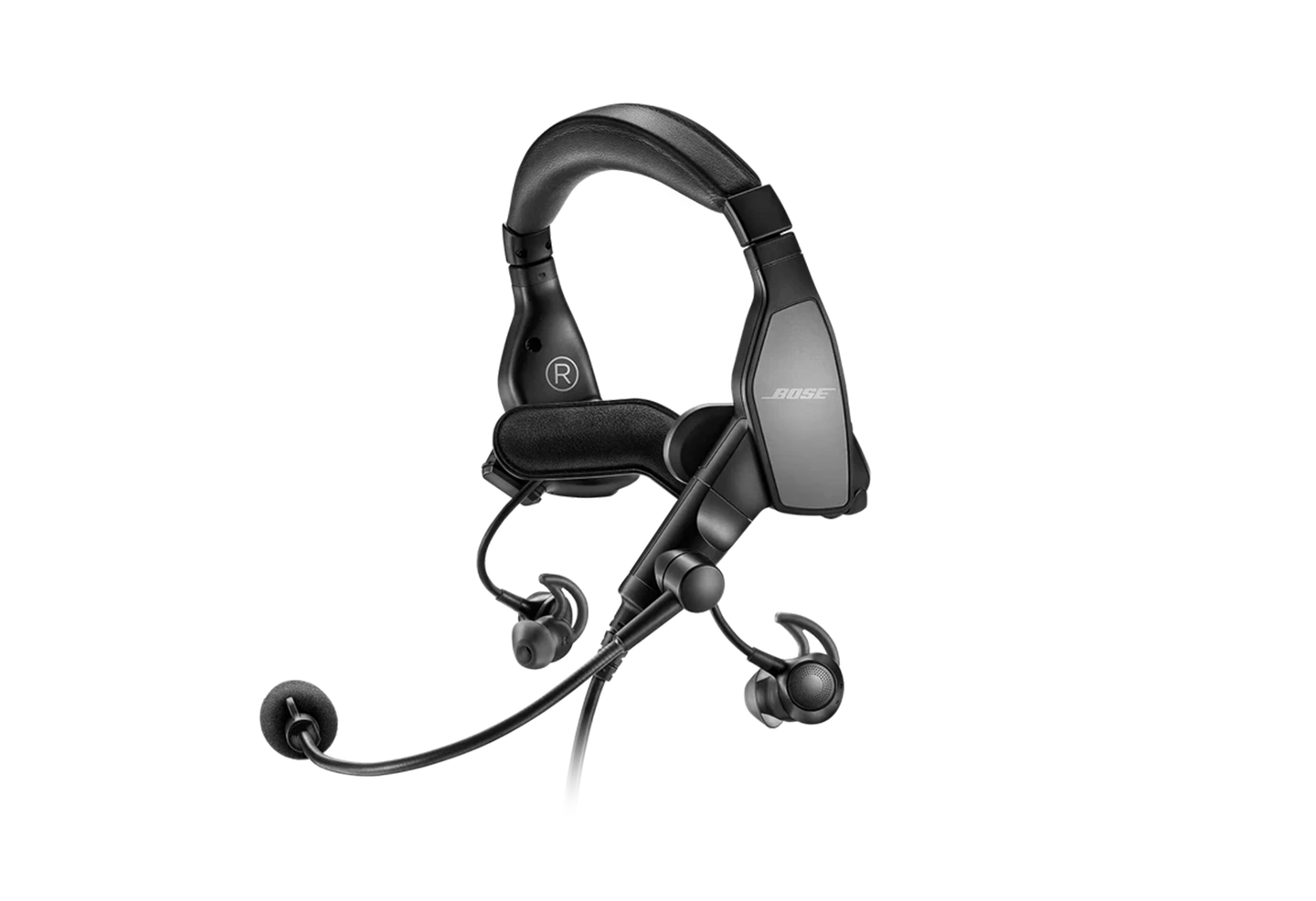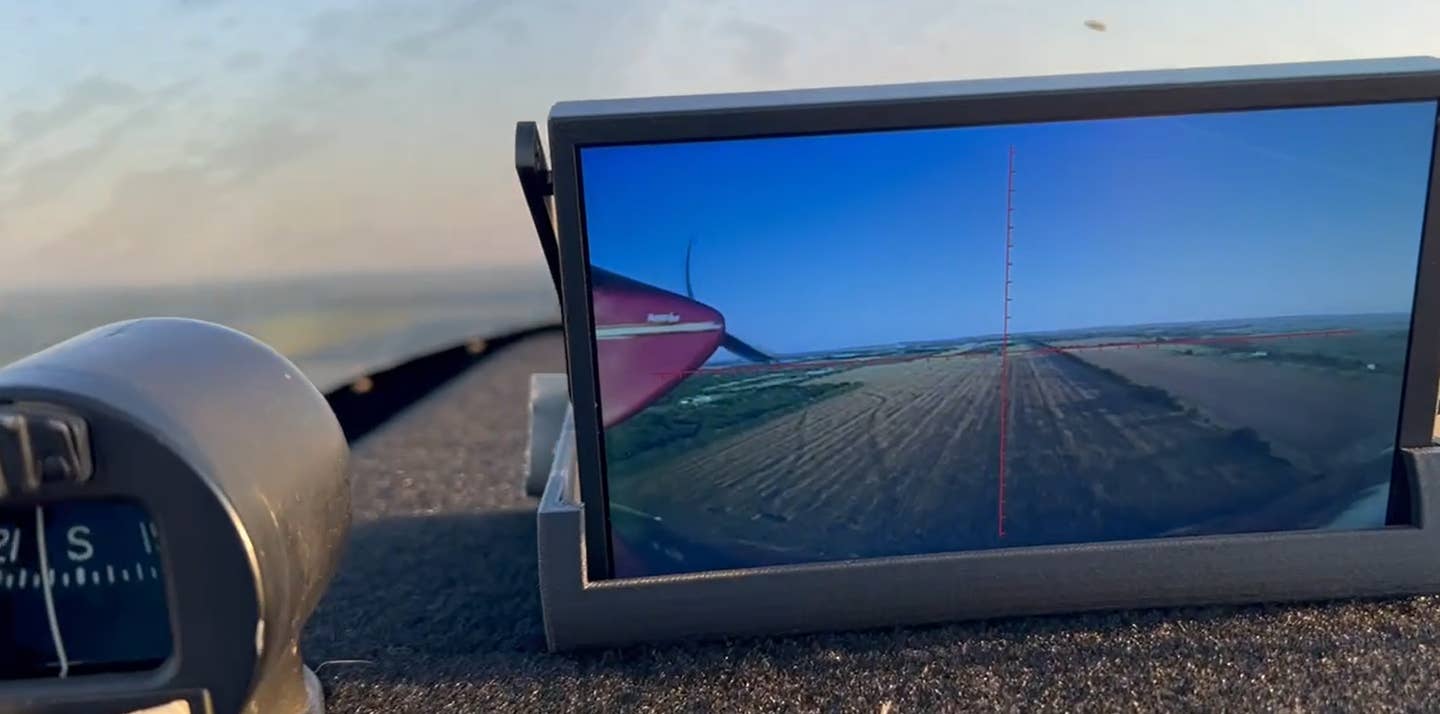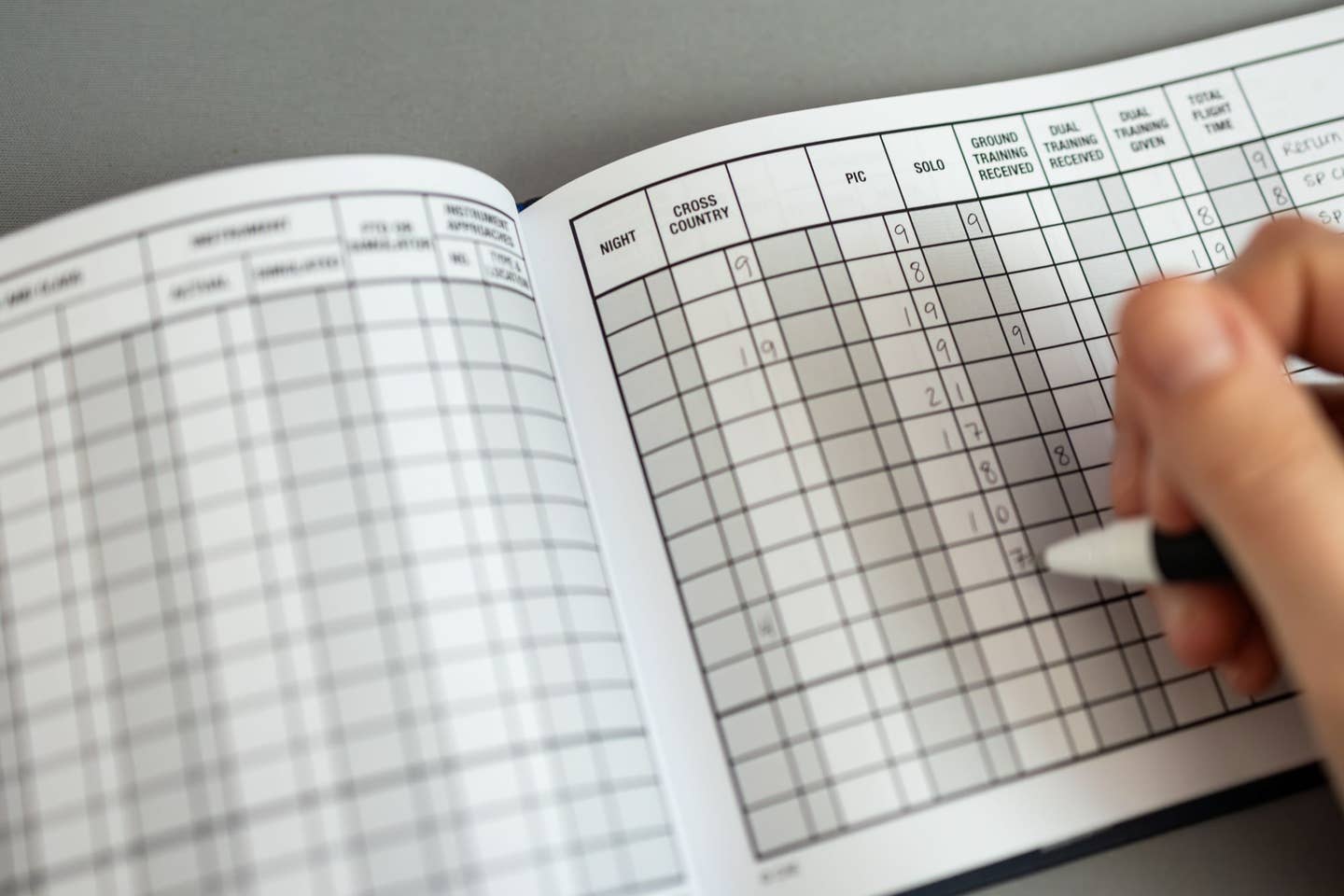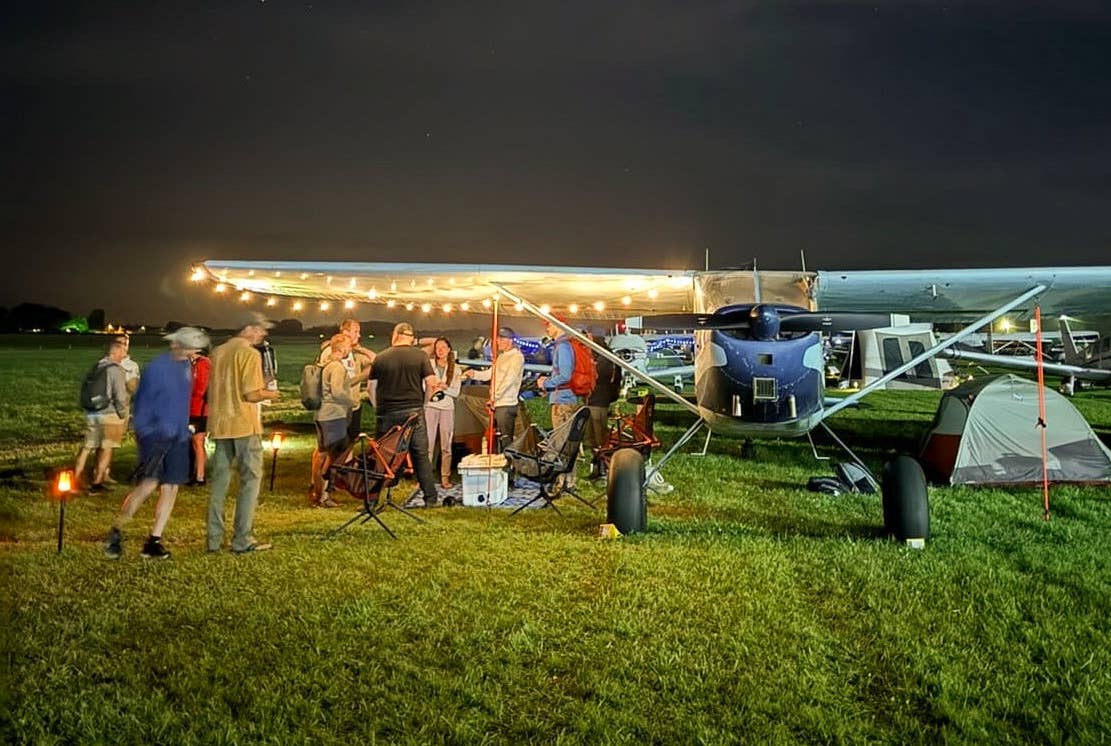12 Things in Your Flight Bag for Adventure
What to bring with you when you go off the grid.
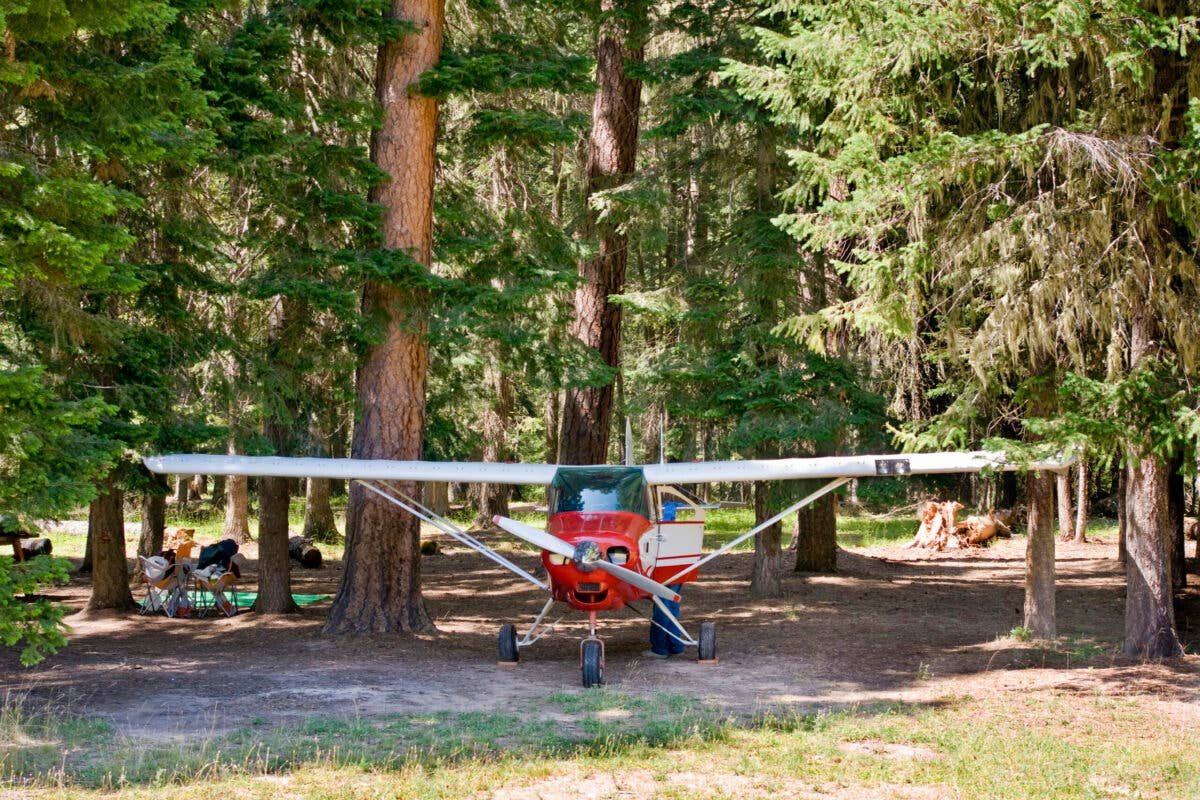
There is something exhilarating about taking your aircraft into the backcountry where the fish and wildlife normally die of old age, and it’s just you and your airplane. It can be a peaceful and relaxing experience, provided you are equipped for adventure—both the planned and unplanned variety. A trip to the backcountry can be both, so be prepared. [Courtesy: Getty Images/iStockphoto]
Even if you are just planning to be out for a day, pack like you will be staying overnight. There is more to it than bringing food, water, and shelter. Pack with the thought that you might have to stay awhile. Listed here are some FLYING-recommended must-haves for back-country trips.
1. A Large Blue Tarp
You can get these at hardware and building supply stores. They make excellent flys for tents, and can be used to rig a makeshift shelter by putting the tarp over the wing. They also make great ground covers to keep the cold from leaching from the ground into your tent or sleeping bag. The tarps come in multiple colors, but search and rescue pilots note that the blue is the one that stands out the best in nature. This will be very important if you find yourself in a situation where rescue is necessary and the rangers have to go looking for you.
2. Paracord
Sold in bundles, by the foot, or in emergency bracelet form, this stuff is worth its weight in gold. The paracord can be used to secure a tent, to make a tent by stringing the tarp you brought, or to hang your food bag from a tree to keep it away from bears. And, when unraveled, paracord makes a decent fishing line.
3. Duct Tape/Rescue Tape
You can never have too much of this stuff. Tape can be used to repair tears in aircraft fabric or to keep a fuel cap or oil access door closed; repair aircraft hoses, tents, sleeping bags, and gear bags; create a splint for broken bones; and in a pinch, serve as an adhesive bandage to cover a wound. Rescue tape works best for engine hose repair, but duct tape is usually less expensive and comes in larger sized rolls. Duct tape was developed during World War II for use by the military. It was also known as “repair tape” and “speed tape” by the military. The tape will stay on the wing of an aircraft at speeds of up to 140 knots. Remember that, if you need to use it to temporarily secure a fuel cap or repair torn fabric.
4. Swiss Army Knife or Multitool
There is a reason that the term “Swiss Army Knife” isa euphemism for a versatile and useful device. When you are going on an adventure of any sort, having that multitool or Swiss Army Knife will be appreciated. You never know when you will need a screwdriver, saw, can opener, tweezers, corkscrew, wire stripper, or a knife. If you decide to go the Swiss Army Knife route, don't skimp—get the one with the most tools—and learn how to use them before you need them. For example, using the can opener function (the sharp hook-shaped tool) takes a bit of practice. There are certain things that multitools, like aLeatherman, are better suited for. The Leatherman Has a set of pliers that are larger and, therefore, can provide more leverage than those on the Swiss ArmyKnife—useful if you need pliers to loosen an oil cap.
5. Fire-Starting Equipment
There are fancy fire starters that rely on a chemical re-action to make a flame, and the old backup, the Zippo lighter, is still popular. Pro tip: cotton, such as lint from pockets, and human hair work great as tinder to get fires started.
6. Flashlight(s) With Extra Batteries
There is a reason that many pilot gear bags are designed with a designated pocket for a flashlight—pilots should carry at least one. You may find it useful to have a flashlight with a headband or clip so you can use the flashlight and still have your hands free, or be able to point it at the instrument panel should the aircraft's electrical system fail. A white flashlight is an excellent tool for looking into dark engine compartments, under instrument panels, or into fuel tanks. And pack fresh bat-teries—a piece of foil applied to the battery creates a short, resulting in a spark, resulting in fire. Remember this when you pack them—and if you lose your Zippo.
7. First-aid Kit
You may be miles from the nearest medical facility and if someone gets injured during the trip, it can definitely put a damper on the day. Make sure the kit is well stocked and that you rotate the supplies every few months because the adhesive on the bandages can dry out. Have a kit containing bandages, gauze, sunblock,safety pins, antiseptic wipes, pain reliever, and anti-diarrhea medication.
8. Spare Clothing
When heading into the backcountry, dress to survive not to arrive. Long pants, hiking-friendly shoes, a jacket, and a cap are required equipment. Have a spare jacket—even in the middle of summer—because those clear nights can be mighty cold. If your adventure includes flying to several places, you may want to consider shipping a change of clothes to one of your destinations to cut down on the baggage in the aircraft.
9. A Few 1-Quart Plastic Ziploc Bags
These can be used to hold food, and then suspended from trees to keep the bears at bay. They can also be crafted into solar stills to make drinking water.
10. Food & Water
Energy bars are available at camping supply stores.They are 1,000 calories-plus and the point is to have calories to work with, if you don't have another food source.Water is easy to pack. Always carry a bottle or two in the aircraft. If you are someplace without a source of water, use the empty water bottle and a piece of plastic (like those Ziploc bags you brought) to make a solar still.
11. Emergency Blanket
This looks like a large sheet of aluminum foil. It reflects body heat and folds up to about the size of a pack of cards. It can also be used to attract the attention of searching aircraft; if needed, wave it around so the sunlight glints off of it. If you go with a cloth blanket, make it wool because wool is warm even when wet.
12. Tactically Appropriate Watch
There are many timepieces on the market that are designed for outdoor adventure. Garmin makes several watches that have multiple features that appeal to back-country enthusiasts. These features may include altimeters, GPS, apps for tracking pilot physiology such as pulse oxygen saturation, and all-important weather tracking, so you can prepare for when Mother Nature says, "Hold my beer."
The Garmin watch needs to be recharged every few days. The charge lasts five to seven days, and because the Garmin is basically a computer on your wrist, it can be more temperature sensitive than a basic, non-rechargeable battery-powered watch.
If you are looking for a less complicated tactical watch, the Abingdon Jane Watch is a multitool that can tell time, and with its bidirectional compass, help you find true north. This comes in very handy because oncenorth is found, the rest of the cardinal headings fall into place, and that's something you will want to know when you build a camp. Face the shelter's opening to the south for maximum solar heating.
To find north in the northern hemisphere:
- Hold your watch horizontally and point the hour hand directly toward the sun.
- Note where the 12 o'clock mark is on the watchface.
- The angle directly between the hour hand and the 12 is the north-south line.
- North will be the side farthest from the sun.
The Jane Watch has luminous hands and hour mark-ings for night vision, and a diver's bezel for quick timing. And, if you look at the back, a full ruler in standard and metric is engraved across the case.
Final Thoughts
Every six months or so, it's a good idea to check the supplies in your gear bag—some may need to be rotated out—and remember to pack with the terrain in mind.
This article was first published in the 2022 Southeast Adventure Guide of FLYING Magazine.

Sign-up for newsletters & special offers!
Get the latest FLYING stories & special offers delivered directly to your inbox

